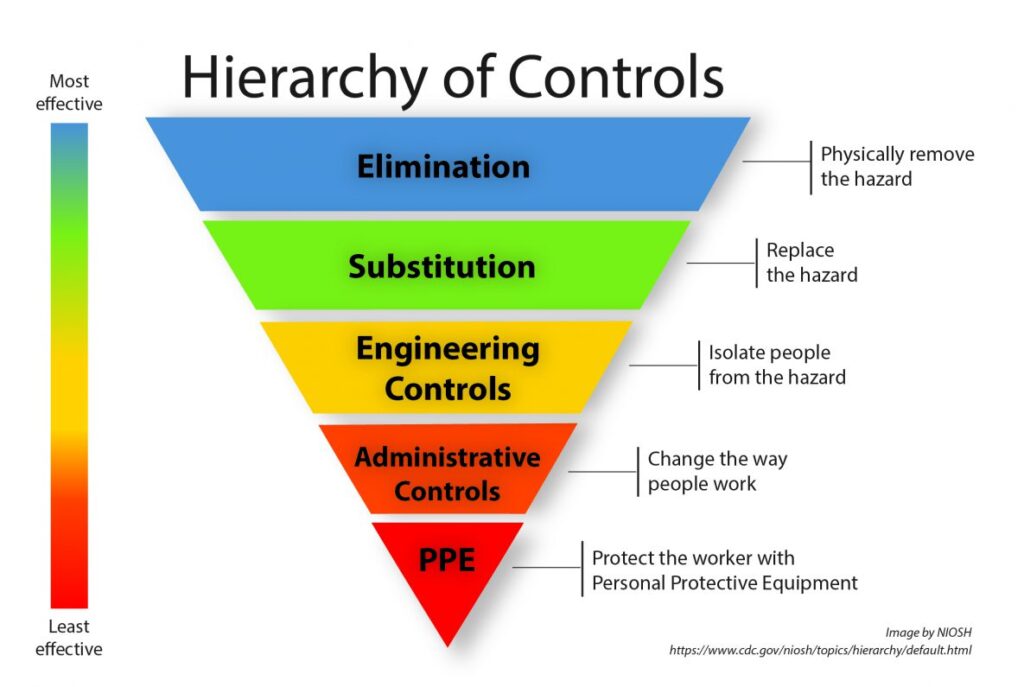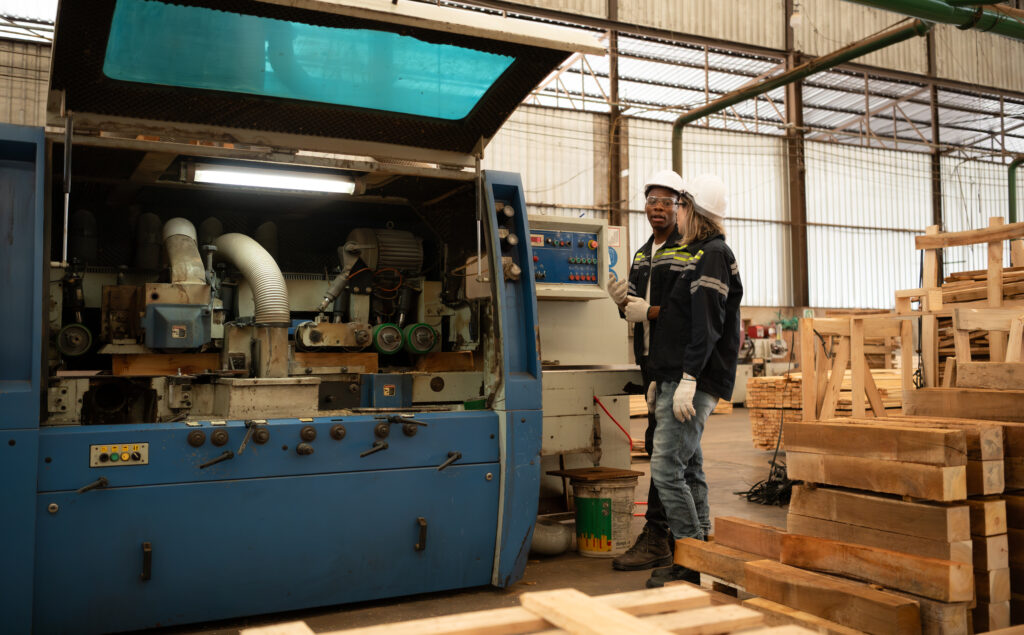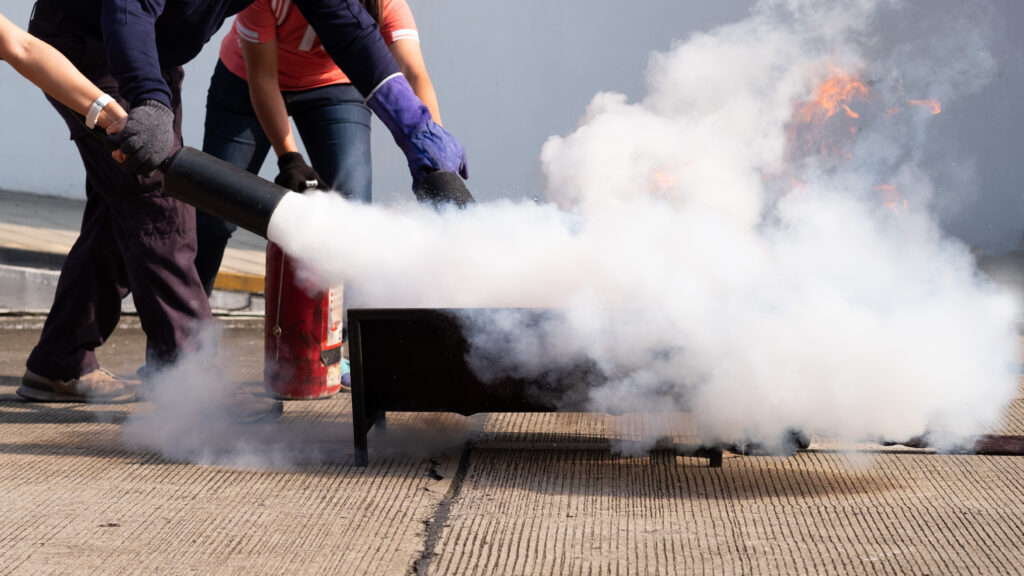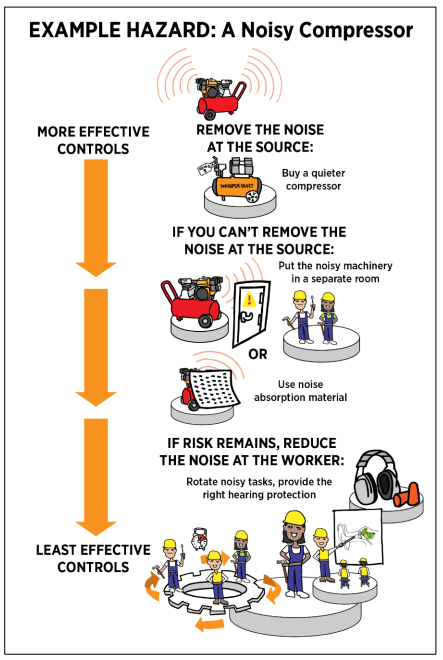The effective management of job hazards is a legal requirement and strategic imperative for businesses aiming to create a secure and productive workspace
This article explores the significance of job hazards and highlights strategies for their identification, mitigation, and prioritization.
Understanding Job Hazards: The Multifaceted Risks

Job hazards encompass a diverse range of risks that can compromise the well-being of employees.
These hazards can manifest in various forms, such as:
Physical Hazards: Physical hazards in the workplace involve elements of the environment that can cause harm through their physical properties.
Examples include moving machinery, sharp objects, heights, and extreme temperatures.
Chemical Hazards: Chemicals used or produced in the workplace can pose health risks through inhalation, skin contact, or ingestion.
Exposure to toxic substances, corrosive materials, and hazardous gasses are all chemical hazards.
Biological Hazards: Biological agents like bacteria, viruses, and fungi can pose risks in healthcare facilities, laboratories, and food processing units.
The recent COVID-19 pandemic highlighted the gravity of such hazards.
Ergonomic Hazards: Poor ergonomics can cause musculoskeletal disorders.
Inadequate workstation setup, repetitive motions, and improper lifting techniques are common contributors to ergonomic hazards.
Psychosocial Hazards: These hazards stem from excessive workload, stress, and lack of work-life balance.
Psychosocial hazards can significantly impact employees’ mental health and overall well-being and make workers more prone to causing accidents in the workplace.
Mitigating Job Hazards: The Hierarchy of Controls

Mitigating job hazards requires a systematic approach that involves a thorough understanding of the risks and the implementation of tailored control measures.
The hierarchy of controls is one such framework, as it provides a system for prioritizing your approach to job hazards using the following five steps:
Step 1: Elimination
Elimination is the most effective way to control a hazard, removing it entirely from the workplace.
During a job hazard analysis, you can determine whether eliminating the hazard is the best course of action.
Elimination might only sometimes be feasible in some situations. But it should always be considered as the first option.
Step 2: Substitution
If it’s impossible to eliminate a job hazard, the next best option is to substitute the hazard.
Substitution involves replacing a hazardous substance or process with a safer alternative.
Substitution can reduce the risk associated with a hazard.
However, there are instances where a substitute poses unknown risks, especially long-term effects.
For example, Toluene is used as a substitute for Benzene because it is more toxic and is known for its carcinogenic properties. But for the moment, the long-term effects of Toluene on Cancer are unknown.
Step 3: Engineering Controls
Engineering controls are physical changes or modifications to the workplace that isolate workers from the hazard.

For example, the ILO Code of Practice for Safety in Coal Mining provides that employers should, “where practicable, provide, from every underground workplace, two exits, each of which is connected to separate means of egress to the surface”
Other examples include installing machine guards and ventilation systems or using noise-reducing materials.
These controls are designed to reduce exposure to the hazard.
Step 4: Administrative Controls
Administrative controls involve changes to work policies, procedures, and practices to mitigate hazard-related risks. Examples of administrative controls include:
- Rotating workers to reduce exposure time
- Implementing training programs,
- Enforcing safety regulations.
While administrative controls are important, they are generally less effective than the previous three controls because they rely on human behavior and may not eliminate the hazard.
Step 5: Personal Protective Equipment (PPE)
Provide employees with appropriate PPE, such as helmets, gloves, masks, and safety goggles, to protect them from specific hazards.
One study found that only 60% of employees wear PPEs.
Among the reasons cited for non-PPE use were:
- Lack of knowledge on how to use PPEs-73% of study participants
- Wearing PPE isn’t mandatory -66%
- In addition, about 51% of those who wear PPEs often take them off during work.
The study results shows that besides providing PPEs, organizations need to go a step further to provide the following:
- Training and Education: Educate employees about potential hazards, safe work practices, and emergency procedures
- Reinforce mandatory preventive and protective measures like PPEs
Prioritizing Job Hazards: The Rational Approach

Given that workplaces often contend with multiple hazards simultaneously, prioritization becomes a critical step in hazard management. A rational approach involves:
Assessing Severity and Probability: Evaluate the potential consequences and the likelihood of each hazard occurring.
Focus on hazards with higher severity and probability ratings.
Legal and Regulatory Compliance: Address hazards that are subject to legal requirements and industry regulations promptly to avoid legal liabilities.
Employee Involvement: Engage employees in hazard prioritization since they possess firsthand knowledge of daily operations and potential risks.
Risk Reduction Impact: Consider the effectiveness of mitigation measures for each hazard.
Prioritize hazards where risk reduction efforts are more feasible and impactful.
Use FAT FINGER to Manage Job Hazards
Identifying and mitigating job hazards doesn’t have to be complicated or costly. Not when you have FAT FINGER.
Why use FAT FINGER?
- It’s a no-code drag and drop safety workflow builder
- Anyone in your organization can use it to build workflows
- It’s automated
- Mobile and desktop friendly
- AI coach
FAT FINGER provides a structured mechanism to capture near misses and potential hazards, allowing your organization to enhance a safety culture, prevent catastrophic incidents, and empower employees to actively contribute to a safer work environment.



